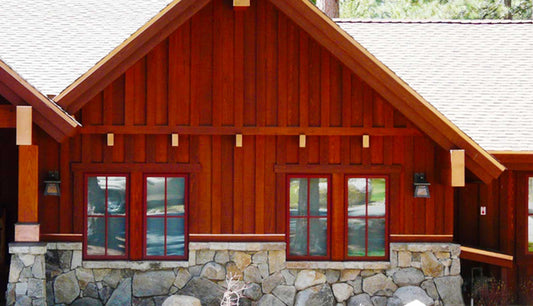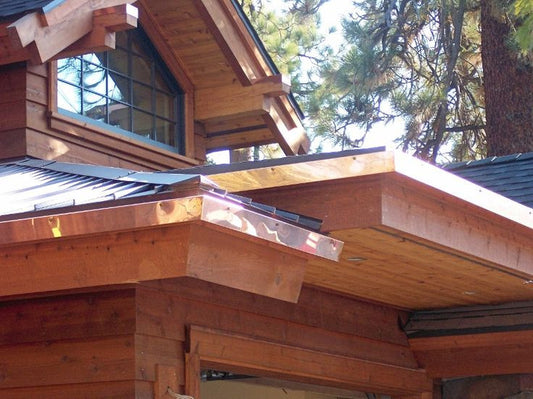A metal of many uses
Since its first use in in 8000 BC when copper tools helped build Stone Age civilization, copper has become an integral part of modern day industry. Plumbing, construction, electrical work, coin production, gun metal, even artwork and medicine make use of copper or copper alloys.
Mining
Since the US is known mainly for importing, you may be surprised to learn that the America is the 4th largest copper producer in the world. Nearly half of the world’s copper comes from the Andes, but approximately 9% is mined here in America.1 The bulk of it emanates from Arizona and Utah, but we have about 35 million tons of reserves.2 Producers are scattered worldwide, it’s recyclable, and it can be melted and reprocessed without losing any of its properties, so it seems to be a natural resource with no threat in terms of supply.

Morencini Mine – Clifton, AZ (http://www.colindaylinks.com/arizona/morenci1.html)
Sorting
When copper is mined it is classified by two ore grades – higher copper content rock is called smelters ore, while the lower content rock is called milling ore. Smelters ore requires no treatment, but milling ore is crushed and copper minerals are separated from the waste rock before being sent to the smelter. Because metallic minerals are heavier, gravity classifiers that jiggle the crushed ore, just like when you would pan for gold in elementary school, separate the copper from the gangue (waste) minerals.https://www.youtube.com/watch?v=7RG7yMbzvOQ
But there are actually lots of great copper mining byproducts! Rhenium, a very rare metal with an extremely high melting point is used in nickel-based superalloys to build jet engines. Similarly, molybdenum can withstand extreme temperatures without significantly expanding or softening. It is highly corrosion resistant and weldable making it an important ingredient in alloys like stainless steel or cast iron.3 Approximately 47% of the US’s total molybdenum production is recovered from copper mining! Other byproducts include silver, gold (7% of US production4), and platinum.
Smelting
When copper ore is ready for the smelter it undergoes 3 steps to be reduced down to pure copper. First, copper ore is heated and a flux of silicon rock is added causing the impurities to separate from the rock. The resulting copper ore is a molten copper sulfide called matte that is 60% pure copper. Second, air is forced through the matte creating sulfur dioxide gas which can be recovered to create sulfuric acid. Third, the blister copper (as it’s called at this phase) is poured into a furnace called an anode vessel with a mixture of natural gas, carbon monoxide, and hydrogen for reduction. Once it is nearly oxygen free, the copper is cast into anodes and treated for solvent extraction, leaving behind pure copper!5 You can learn more about copper smelting here:https://www.youtube.com/watch?v=M2hjv6FS67g
Production
At last it’s ready for use! Maybe it will be liquefied to preserve wood or alloyed to make cupronickel and formed into a steam engine firebox. Perhaps it will be used in electric circuitry or microprocessors. Medical professionals may suggest copper bracelets to reduce arthritis and joint pain.1 It may even be stretched into sheet metal and end up in the Sheet Metal Caps workshop to craft Post Caps or Flashing for your home!

We love copper! Its applications range far and wide and it quite simply is beautiful. We hope you enjoyed learning a little about the copper industry. We hope you get the opportunity to browse all our copper products from Post Caps to Birdhouses. As always, feel free to contact us with any product inquiries!
1. "Uses of Copper." Uses Of. N.p., n.d. Web. 11 Jan. 2016.
2. Gold. US Geological Survey, Commodity Updates, 2015.
3. Molybdenum. US Geological Survey, Minerals Yearbook 2013.
4. Mineral Commodity Summary. U.S. Geological Survey - January 2015.
5. "Copper Mining and Refining (Redox)." YouTube. YouTube, 3 Nov. 2012. Web. 11 Jan. 2016.















